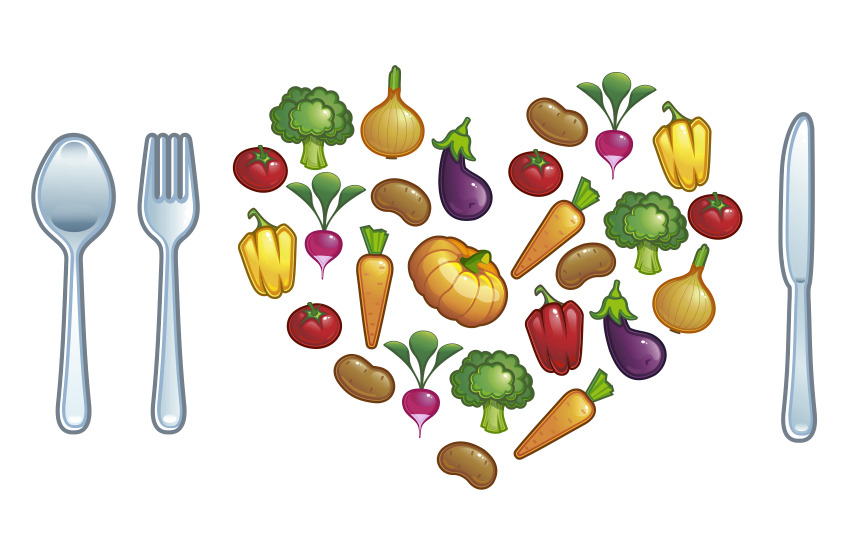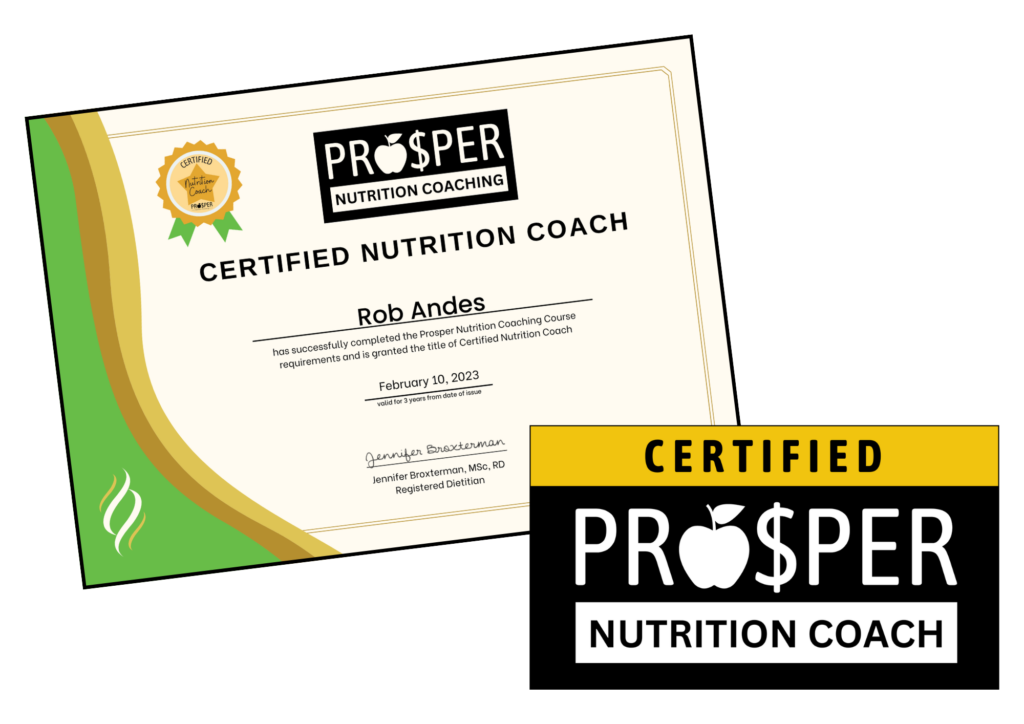

Recipe Modifications with Nutrition in Mind (Part 2)
Written By: Jennifer Broxterman, BScH Foods & Nutrition
Registered Dietitian & Sports Nutritionist
NutritionRx (www.nutritionrx.ca)
Email: info@nutritionrx.ca
In our article, Recipe Modifications with Nutrition in Mind (Part 1), we talked about how a few small changes to the ingredients in your favourite recipe can take a mediocre meal and transform it into a nutrition-packed superstar! This article continues where the other one left off, with more great ideas to subtly change the way you prepare your favourite recipes to help make them even healthier.

Small Changes Do Add Up!
Which of these ideas could you try?
Try… Replacing ½ of the lean ground beef with lentils, brown rice, or bulgur in lasagna, soups, pasta sauces, and more.
Check out the difference it makes! This cuts about five grams of fat and adds three grams of fibre per ½ cup (125 mL) serving. Plus you’ll get more disease fighting phytochemicals.
Try… Substituting whole wheat pasta for regular pasta.
Check out the difference it makes! This adds about 5 grams of fibre per 1 cup (250 mL) serving.
Try… Substituting 2% evaporated canned milk for 12% half and half cream in recipes.
Check out the difference it makes! This cuts about 12 grams of fat per ½ cup (125 mL) serving.
Try… Using home made or low-sodium (salt) broth or lower sodium tomato juice instead of oil for sautéing.
Check out the difference it makes! This adds flavour and is fat-free. Tip: freeze extra broth or tomato juice in ice cube trays and use a cube or two as needed.
Try… Using jarred, fresh garlic or garlic powder instead of garlic salt. Use fresh onions or onion powder instead of onion salt.
Check out the difference it makes! Cuts sodium (salt) by 490 mg per teaspoon.
Try… Removing the skin from chicken before cooking.
Check out the difference it makes! Cuts 5 grams of fat per ½ cup (125 mL) serving. Always try to remove visible fats from all meats.
Pack a Few More Vegetables & Fruit into Meals
Have more vegetables and fruit with each meal or snack by trying some of the following suggestions:
● Add a handful of frozen vegetables to canned soups, casseroles, omelettes, and pasta sauces.
● Top pancakes, French toast, cereal and yogurt, with canned, fresh or frozen fruit.
● Puree or mash cooked carrots. Freeze in ice cube trays. Add a cube or two to pasta sauces, smoothies, soups, or meatloaf.
● Making muffins with zucchini, dried fruits, carrots, pumpkin, apples, berries or peaches.
● Add dried cranberries, cut up canned peaches, or diced apples to whole wheat couscous.

What to Look for When Choosing a Recipe
For good health, look for recipes that:
● Use lower fat cooking methods such as baking, broiling, steaming, roasting, poaching, microwaving, grilling, and barbequing instead of frying or preparing in higher fat creamy sauces.
● Use herbs, vinegars, spices, salsa, mustard, fruit, or vegetable juice or wine to flavour foods instead of fat.
● Are loaded with vegetables or fruits.
● Include higher fibre foods such as barley, brown rice, whole wheat pasta, millet, wild rice, oatmeal, beans, peas, and lentils.
Wishing you health & happiness,
♡ Jen
Jennifer Broxterman, MSc, RD
Registered Dietitian
NutritionRx: happy, healthy living with our team of Registered Dietitians
Prosper Nutrition Coaching: a world-class nutrition coaching certification
+
+
+
Want to work with a NutritionRx Registered Dietitian?
Learn more here: Nutrition Packages & Rates
+
+
+
Want to become a Certified Nutrition Coach?
Learn more about our habits-based Prosper Nutrition Certification



